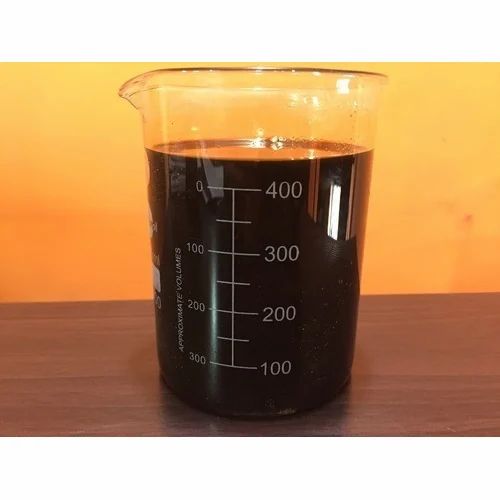Pyrolysis is a process of thermal degradation of a material in the absence of oxygen. Plastic is continuously treated in a cylindrical chamber and the pyrolytic gases condensed in a specially-designed condenser system to yield a hydrocarbon distillate comprising straight and branched chain aliphatics, cyclic aliphatics and aromatic hydrocarbons. The resulting mixture is essentially equivalent to petroleum distillate. The plastic is pyrolised at 370ºC-420ºC and the pyrolysis gases are condensed and liquid separated using fractional distillation to produce the liquid fuel products.
The liquid fuel is called pyrolysis oil and used in various industries as alternative fuel.

The process is used heavily in the chemical industry, for example, to produce ethylene, many forms of carbon, and other chemicals from petroleum, coal, and even wood, to produce coke from coal. It is used also in the conversion of natural gas (primarily methane) into hydrogen gas and solid carbon char, recently on an industrial scale.[5] Aspirational applications of pyrolysis would convert biomass into syngas and biochar, waste plastics back into usable oil, or waste into safely disposable substances.

Featured with
- high calorific value
- It replaces light Diesel
- Used in furnaces, boilers, heavy diesel generators, etc.
- processed environmental friendly
- Very less sulphur content and carbon monoxide emission, so very less pollution.



